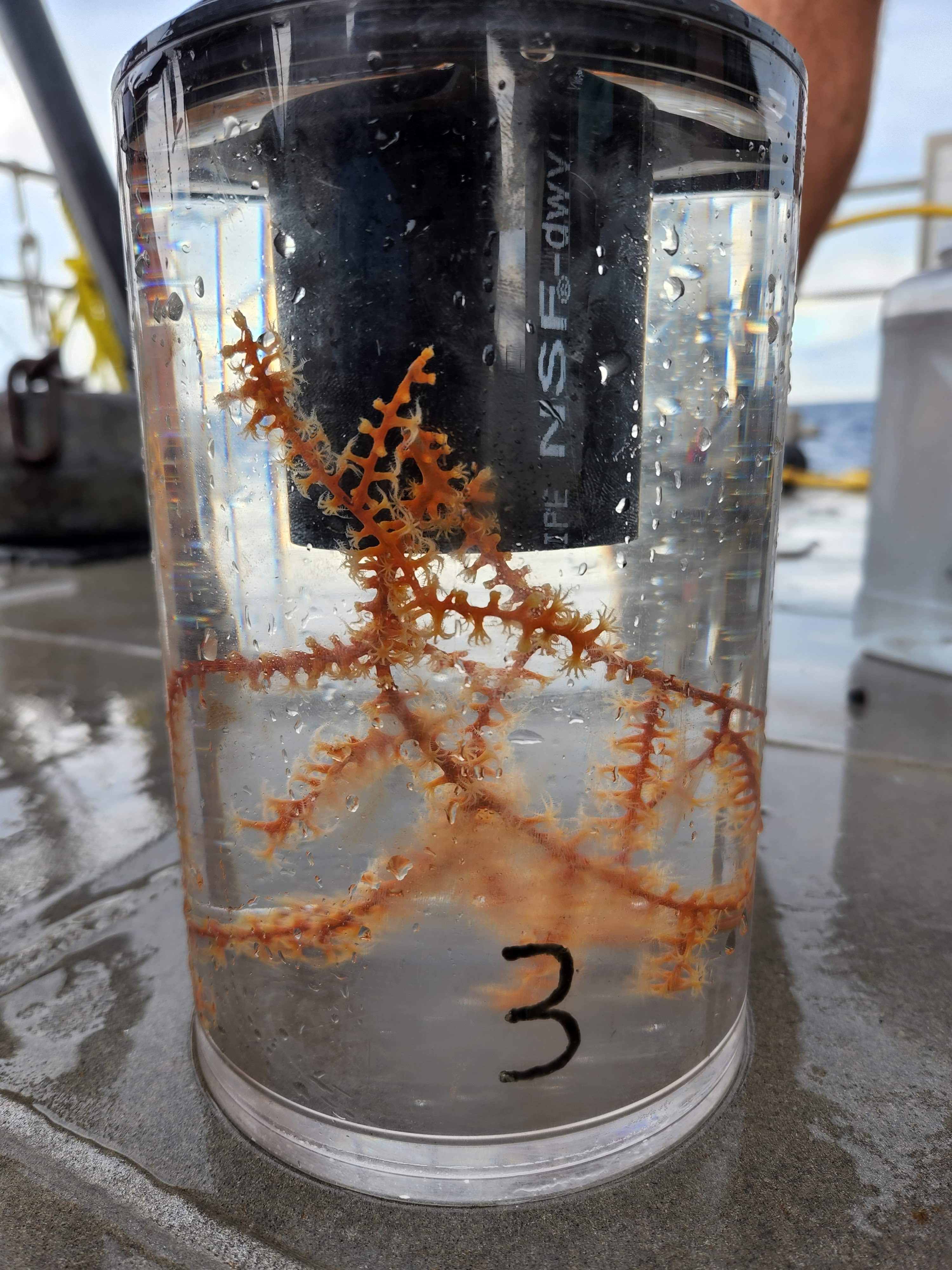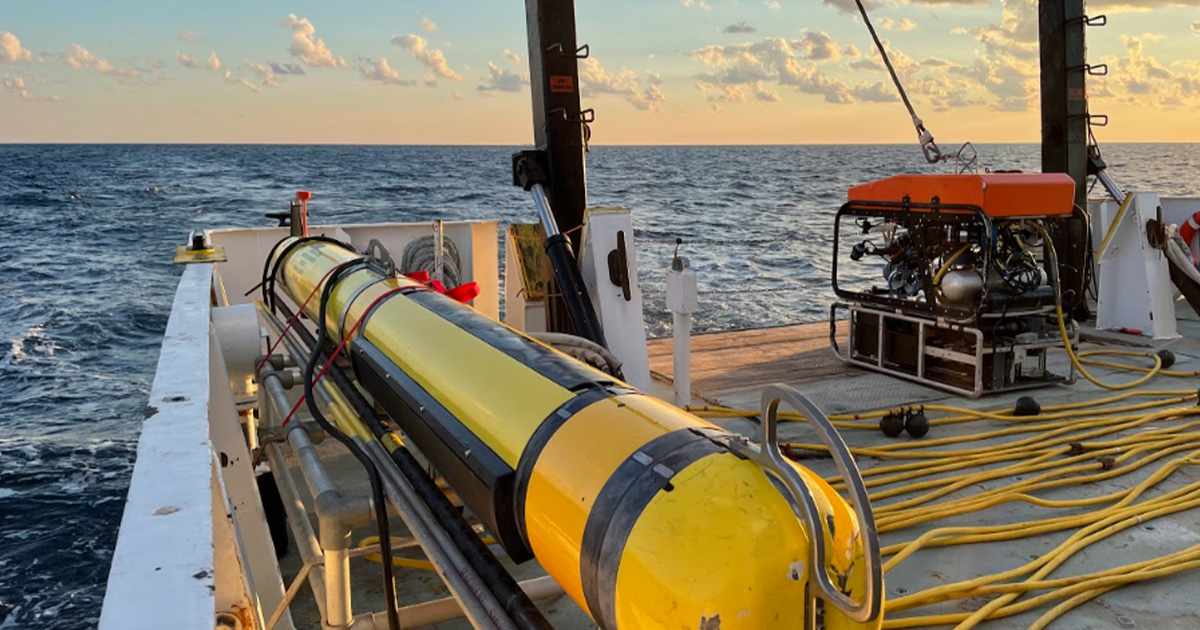Mississippi Aquarium announced that it was awarded several grants from the National Marine Sanctuary Foundation to support restoration and education related to the 2010 Deepwater Horizon oil spill.
The Deepwater Horizon (DWH) Trustees, led by NOAA and the Department of the Interior, are restoring deep sea communities in the Gulf of Mexico with funding to restore natural resources injured by the 2010 spill. The Mesophotic and Deep Benthic Communities (MDBC) restoration projects are determining how to best restore and protect these habitats. This set of four interconnected projects is developing coral propagation techniques, mapping the seafloor at cutting-edge high-resolution, learning more about the diversity of life in the deeper reaches of the Gulf, and actively managing these habitats to protect against threats and provide a framework for monitoring, education, and outreach. These grants will allow the Mississippi Aquarium staff to help MDBC coral scientists work towards successful propagation of deep-water coral species and give Mississippi Aquarium visitors the unique opportunity to view and learn more about these rarely seen corals.
Mississippi Aquarium was selected as one of only a few facilities in the US to participate in the MDBC restoration Coral Propagation Techniques Development project. The National Marine Sanctuary Foundation supports many of the collaborative efforts needed for this restoration work through grants like the ones the aquarium has received. With this project, Mississippi Aquarium staff, Dr. Alexa Delaune, Vice President of Veterinary Services & Research, and Jacqueline Shea, Aquatics Senior Animal Care Specialist traveled on the R/V Point Sur to observe the collection of coral specimens using a remotely operated vehicle due to the extreme depths of these habitats.
 (Image credit: Mississippi Aquarium)
(Image credit: Mississippi Aquarium)
Mesophotic benthic habitats are areas on the seafloor that exist at depths (~150–1,000 feet deep) where sunlight levels are low, and these areas are inhabited by an interacting group of benthic species. Deepwater benthic habitats extend past that and exist at depths where sunlight is not present. These mesophotic and deep benthic communities are vast and complex ecosystems on the ocean floor that are a foundation of Gulf of Mexico food webs. Deep-sea coral and sponge communities are some of the most important marine ecosystems on the planet, creating structures that provide shelter, food, and nursery habitat to other invertebrates and fish, including many that are commercially important.
The funding and associated grants are in response to an extensive assessment conducted after the 2010 Deepwater Horizon oil spill, which was the largest offshore oil spill in US history and affected a tremendous number of aquatic ecosystems. More than 770 square miles of mesophotic and deep-sea habitats were injured by the Deepwater Horizon oil spill. Twelve species of mesophotic and deep-sea coral were identified as the focus of these restoration efforts. One of these species that Mississippi Aquarium will be working with is Swiftia exserta.
Although mesophotic and deep benthic communities are too deep for most people to access, human activities can still harm them. The MDBC Active Management and Protection project aims to protect and manage these communities through education and outreach, reducing threats, and communicating what we learn through our projects to natural resource managers. This project team is working with Mississippi Aquarium staff to add educational and interactive exhibits related to deep water habitats and their residents. Expected to open in early Summer, an interactive submersible exhibit will be installed that is geared towards elementary and middle school children. With this educational piece, Mississippi Aquarium visitors will be able to experience what it’s like to be a scientist exploring deep water habitats in the ocean through video footage collected by the MDBC project teams from the deep Gulf of Mexico. There will also be a mural featuring deep sea creatures as well as interactive touch screen kiosks and a live coral exhibit as the centerpiece.
Sasha Francis, Gulf Restoration Education & Outreach Manager at the National Marine Sanctuary Foundation, is working closely with Dr. Delaune on the new exhibit elements. “Collaborating with the Mississippi Aquarium is a great opportunity to connect with one of the many coastal communities impacted by the oil spill and share this restoration story with them. These important Gulf habitats are too deep for most divers to even see, so this exhibit will offer a rare glimpse into this world and raise awareness about the importance of restoring and protecting it,” said Sasha.
“We’re honored to be selected for this project,” said Dr. Alexa Delaune. “Some of these mesophotic corals are located right off the coast of Mississippi and we are excited to be able to learn more about them and to bring their story to our guests. Behind the scenes we will be caring for several species of coral and learning as much as we can about them to increase propagation efforts. Mississippi Aquarium visitors will get a chance to learn more about the coral with a unique interactive exhibit that will be located in Aquatic Wonders.”



